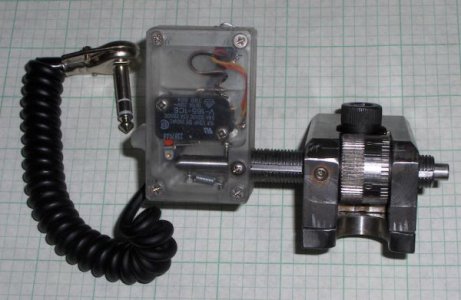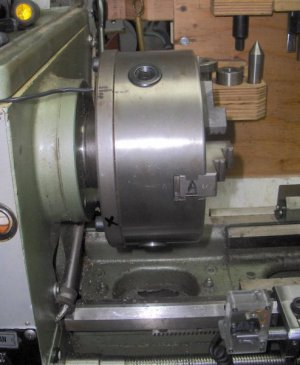- Joined
- Mar 15, 2019
- Messages
- 708
This, it takes practice. You will find that even with cat like reflexes, hitting the numbers takes some advanced skills. And that will vary depending on the thread pitch and of course the speed of the machine. Whatever is making the dial move faster makes it harder.You are over thinking it. Just study how, then do some dry runs with the tool not engaged with the work (just clear of the work) until you get the muscle memory and are confident, and then cut metal.




